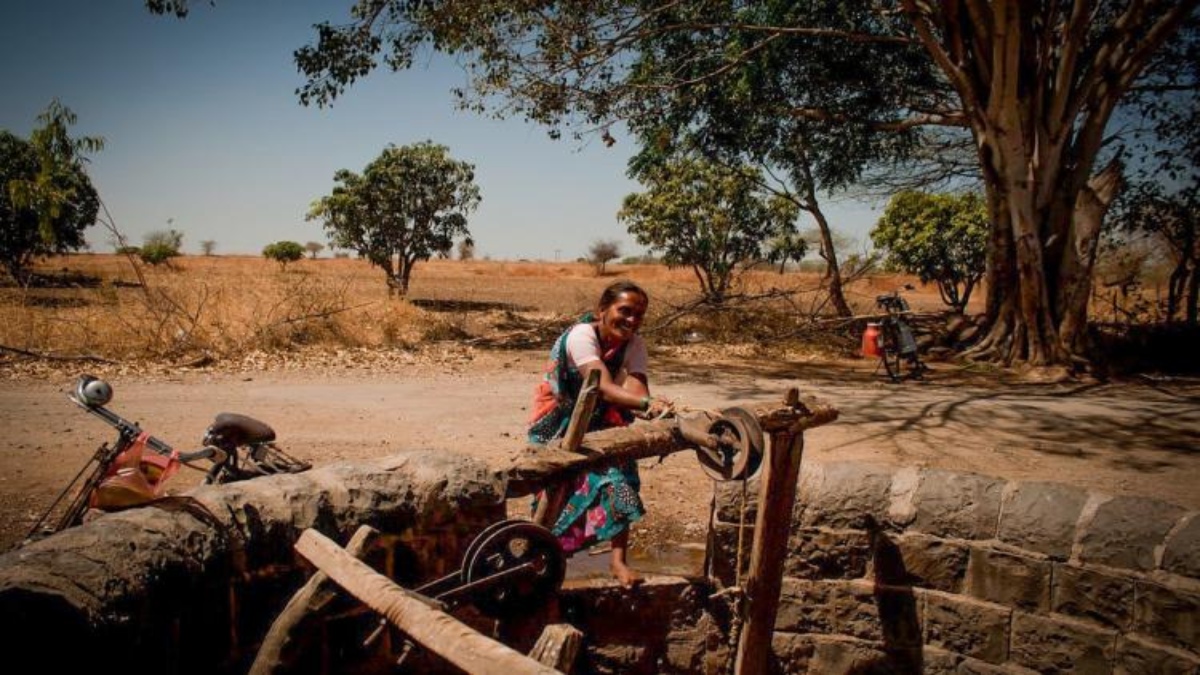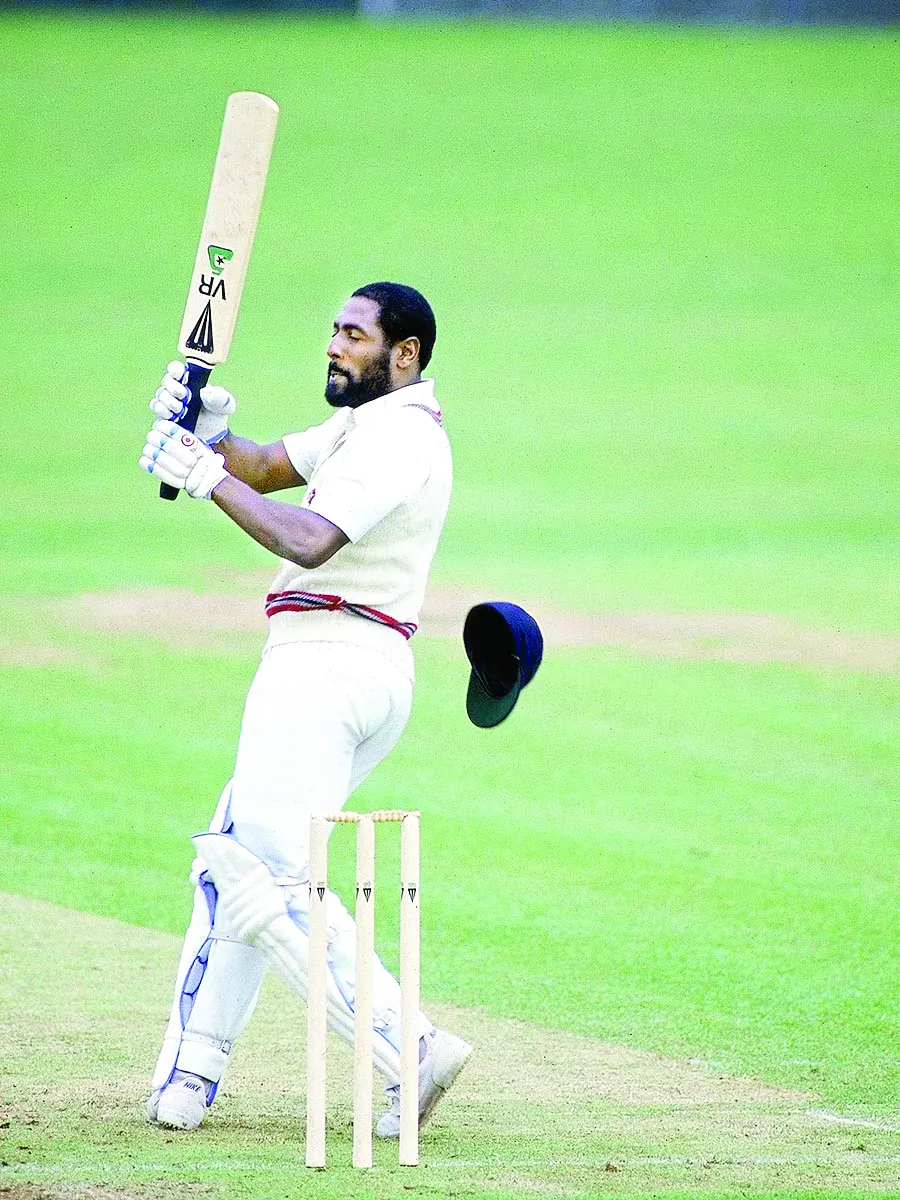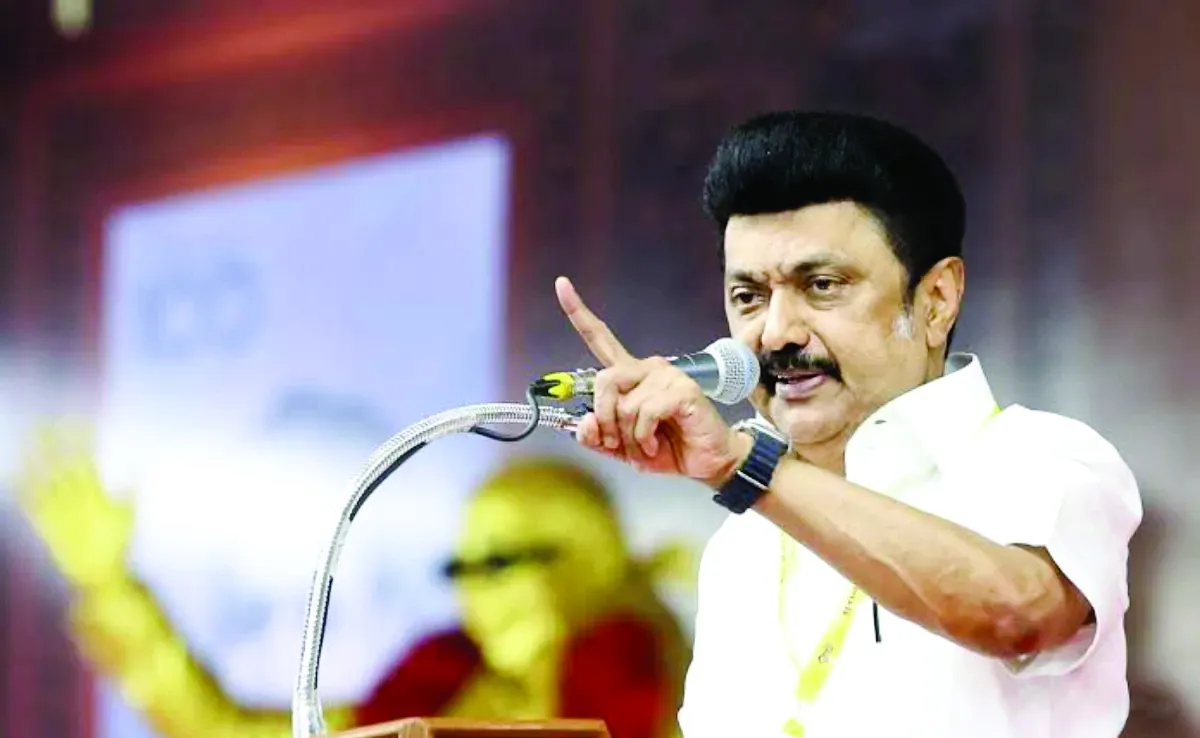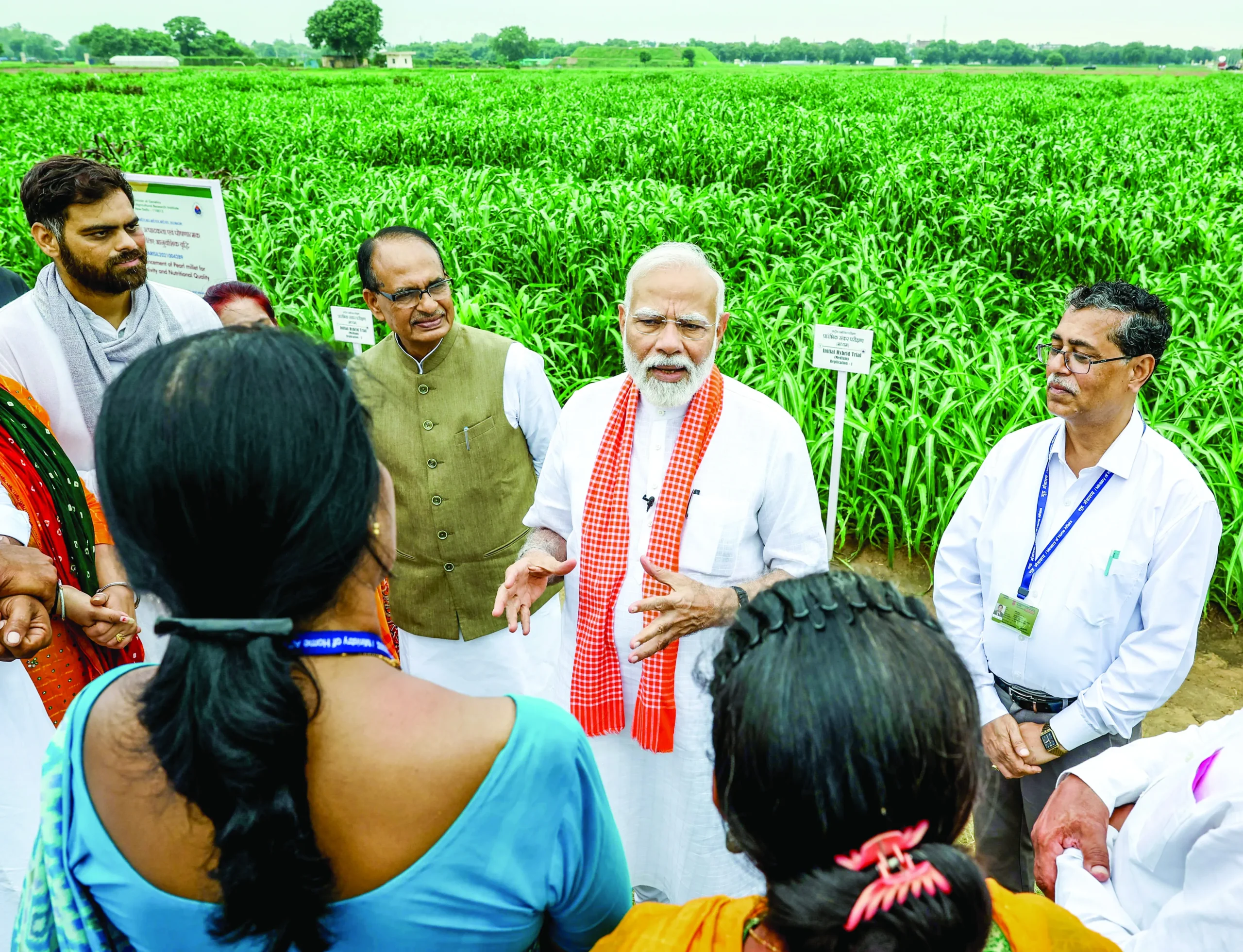India is a country of villages. Seventy percent of its population resides in 6.5 lakh villages. The main source of employment for the rural people is agriculture and those who do not have land, either have joined agriculture as landless labourers in the villages or migrated to metros in search of livelihood. About 53% of the population are involved in agriculture, which is not only providing food and raw material but also giving livelihood to a large proportion of the rural population. Since Independence, it has been the backbone of our economy.
India is the largest producer as well as consumer of food products in the world. It produces 25 percent of global production and consumes 27 percent of world consumption. The share of agriculture in the GDP, according to the Economic Survey 2020-21, has touched 19.9 percent for the first time since 2004. Agriculture accounted for 59 percent of the total workforce of the country. Majority of the rural population is still dependent on agriculture.
During the first wave of Covid-19, when the entire economy shrank by -23.9 percent in Q1FY21, it was only the agriculture sector that maintained a positive growth among eight used to compute the GDP of India. Agriculture had added Rs 0.15 lakh crore in the first quarter of last fiscal in monetary terms. During FY21, while the GVA (gross value added) of the economy contracted by 7.2 percent, the agriculture sector grew by 3.4 percent.
Rural India is a ray of hope amid the broader collapse in the economy due to the pandemic. But the truth of farmers and the villages is different. While over 3 percent agriculture growth, we have a number of cases where we can see that farmers are facing a number of challenges. They are struggling with poverty.
The number of the people who do not have any land for farming and/or who are prevented from owning land, is also increasing. As per the Census, the number of landless agriculture labourers increased to 14.43 crore in 2011 from 10.06 crore in 2001. The unemployment rate of rural India, as per CMIE, is 8.3 percent on 3 August. It is 1.8 percent and 1.3 percent higher than urban India and total unemployment respectively.
Farmers are not getting a real price for their crops. They are getting less revenue in spite of bumper crop production. The basic problem is that they put in more effort and earn less as compared to the middle man who puts in less effort and earns much more. They do not have a regular income because they get cash only twice a year. They are facing liquidity crunches and hence are eternally indebted to the money lender.
Other major problems are—water problem, electricity problem, healthcare problems, and education problems. This leads to anger, hopelessness and depression among farmers which ultimately leads to farmers’ death.
India lives in its villages and it is the right time for the government to draw its attention towards the problems of villages. The government should develop villages as ‘Model-Gaon’ as its ambitious programme ‘Smart-City’. The rural people should be engaged in rural India and provide them employment. If we provide employment to rural people in the village itself, we get rid of the problem of over-population of the cities.
To improve the conditions of villages, Prime Minister Narendra Modi has already announced Saansad Aadarsh Gram Yojana (SAGY). The programme encourages Members of Parliament to identify and develop one village as a ‘model village’ by 2016 and two more villages by 2019. It was expected that 2,500 villages were now to become ‘Model-Gaon’.
However, the reality is different. The official data shows 2,111 gram panchayats have so far been identified under this scheme and out of that 1,618 have prepared their development plan. The second phase of SAGY has seen a poor response than the first phase. In the second phase, fewer villages are being adopted in all states except Haryana and Tripura.
The government has also announced another scheme—providing urban amenities in rural India (PURA). The scheme is designed to improve the quality of life in rural India and remove urban congestion. The model is based on connectivities—physical connectivity, electronic connectivity, and knowledge connectivity—to develop villages, bring happiness to the villagers and improve quality of life.
Mahatma Gandhi used to say that the philosophy of real India is possible only in villages where the soul of the country is settled. The government should work to improve living conditions of our villagers and speed up the ambitious SAGY by the MPs. This scheme should also be initiated by state governments. Members of legislative Assembly and legislative council should also adopt villages. It will develop poor villages as ‘Model-Gaon’ that will improve the quality of life of villagers.























